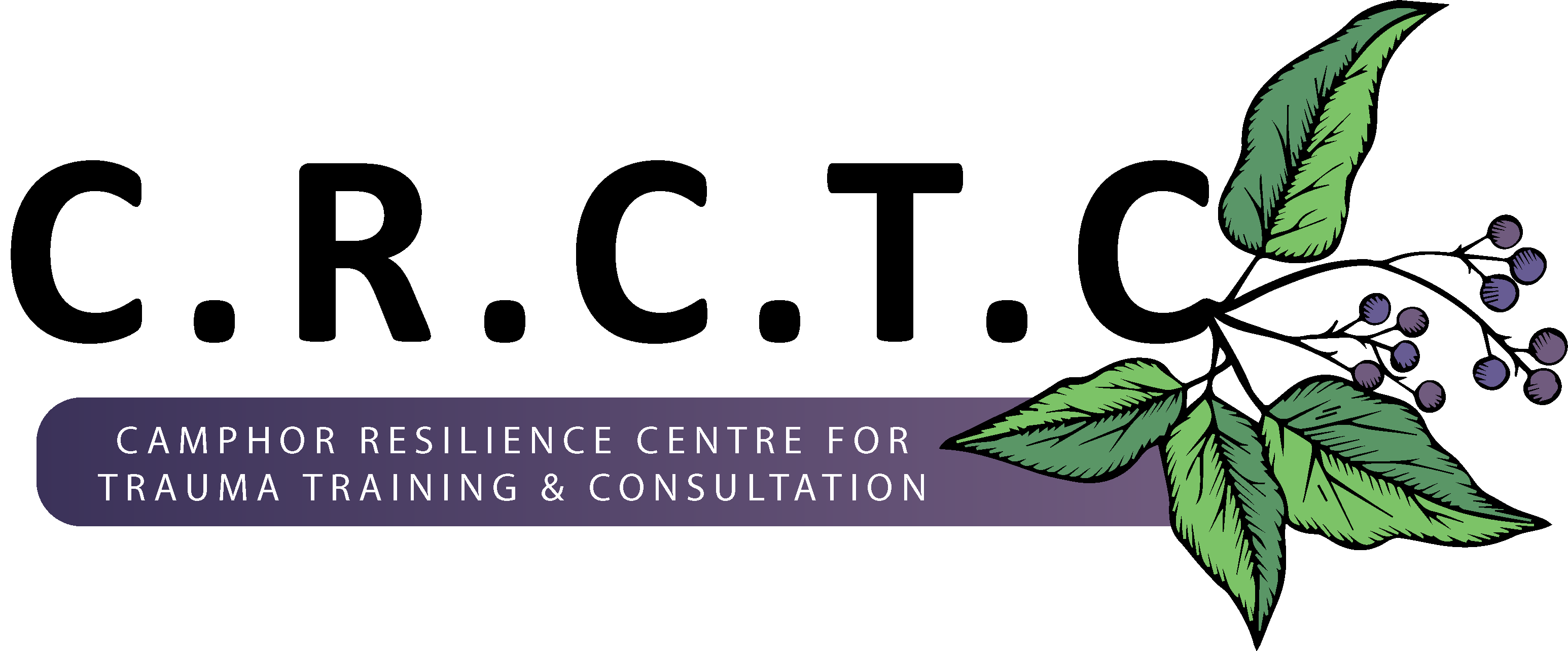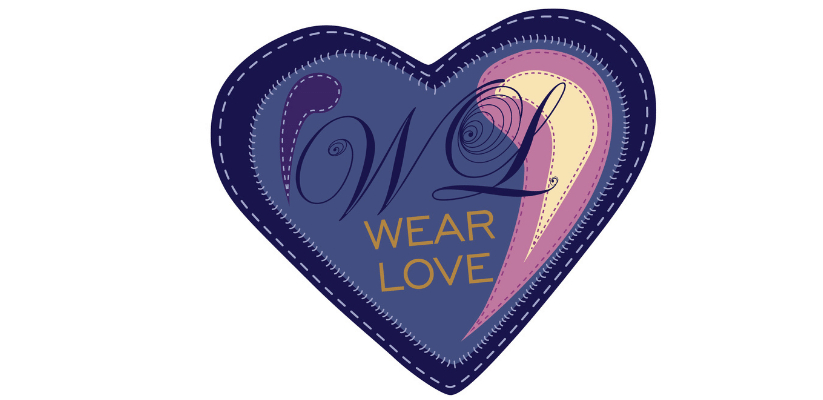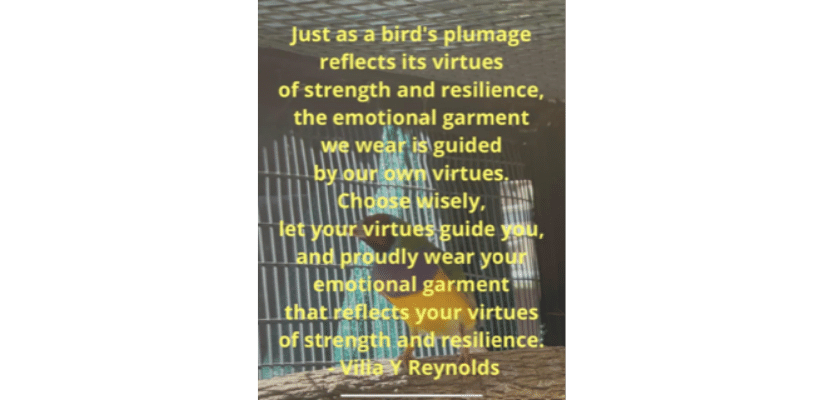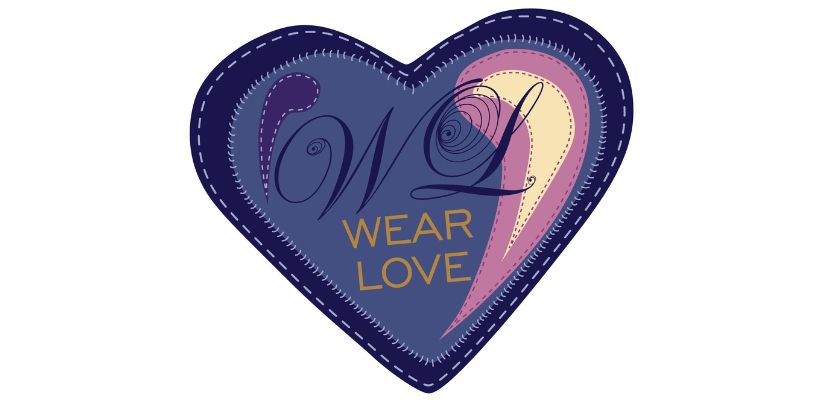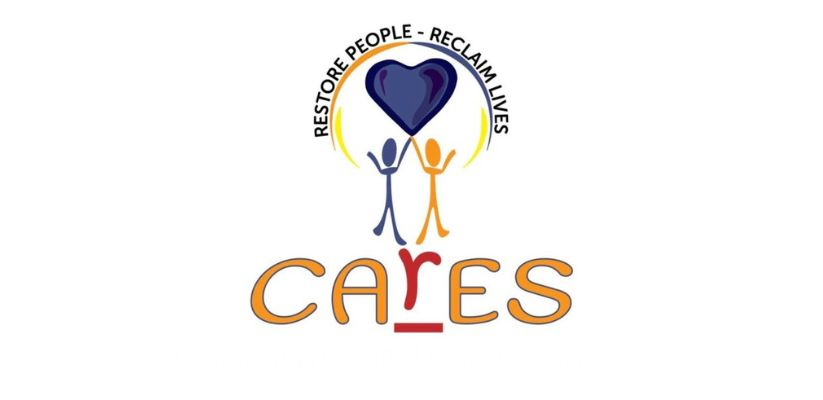Applied Metapsychology Case Study: The Impact of Trauma Incident Reduction on Anger and Anxiety Linked to Closed Doors
Introduction
This case study explores a client's intense emotional responses, specifically anger outbursts when confronted with closed doors. It evaluates the effectiveness of Applied Metapsychology techniques—particularly Trauma Incident Reduction (TIR) and Thematic Trauma Incident Reduction (TTIR)—in addressing these symptoms. By exploring the roots of these behaviours and employing TIR, we aim to demonstrate how this healing process can significantly relieve emotional distress, particularly in cases of phobia.
Client Background
The client referred to as "Pete," exhibited severe anger and anxiety when facing closed doors, stemming from various traumatic experiences throughout his life. These experiences contributed to his outbursts and cultivated a long-standing fear of being unable to access loved ones, ultimately leading to Social Anxiety Disorder and a specific phobia of closed doors (also known as claustrophobia). The timeline of Pete's past experiences reveals interconnected traumas that shaped his response to seemingly benign situations.
Timeline of Traumatic Events
Recent Triggering Event: Locked Door
- A recent incident involving a locked door while attempting to visit an ill loved one precipitated an intense panic response, mirroring an unknown childhood trauma. Pete felt overwhelmed, culminating in an emotional outburst. In the last incident, the door was locked, and the ill mother was on the other side; he could not get to her, and he had an angry outburst.
- Impact: This final trigger became a focal point for exploring his emotional responses through TTIR. In the last incident, the door was locked, and the ill mother was on the other side; he could not get to her, and he had an angry outburst.
Family holiday. - Big window
- During a family Christmas holiday at their vacation house, Pete was unpacking the vehicle. While everyone gathered in the lounge to help unpack, someone inadvertently opened a black bag filled with presents, and excitement took over as gifts were placed under the tree. However, Pete suddenly felt overwhelmed and upset, triggering a fight-or-flight response because he was on the other side of the window. In a moment of distress, he began to pound on the window, drawing the attention of everyone around him, who were unaware of the turmoil he was experiencing inside. Embarrassed, Pete felt a deep shame as his emotional struggle unfolded in front of his family.
Impact: On holiday, he could see the family's laughter through the big window, but he was not part of it. He opened the door to go to them, but it was too late. The fun and laughter were over.
Parenthood Experience: Child Locked in Car
- As a father, Pete faced a lockdown scenario when his toddler accidentally locked himself inside their car. Despite no serious harm, the memory invoked strong feelings of anxiety and panic.
- Impact: This incident intensified his fears about being unable to protect his children, altering his perception of safety.
Adolescent Incident: Locked in the Closet
- A friend locked him in a closet as a joke during his teenage years. This experience triggered a resurgence of panic and rage, reinforcing his fear of confinement.
- Impact: The humiliation and anxiety resulted in acute stress responses, linking closed doors with danger, deepening his phobia and leading to significant anger outbursts whenever he encountered closed doors.
Young Adulthood: Isolation in Relationships
As Pete entered adulthood, he began to experience social withdrawal and fear of intimacy, prompting further isolation during relationships. Whenever relationships faced conflict, he would react angrily at the prospect of closing doors—literally and figuratively—on those connections. In his romantic relationships, he would barely stay in a relationship for more than three months.
- Impact: His outbursts stemmed not just from his phobia but from a fundamental fear of abandonment, reminiscent of his childhood experiences, preventing him from maintaining healthy relationships.
Childhood Experience: Locked in the Outside Room at the age of four years.
- At a young age, Pete was punished by being locked in an outside room for misbehaviour. This traumatic event instilled feelings of helplessness and abandonment, especially when he saw his mother leave for a neighbour's house without realising his distress.
- Impact: Pete learned that being confined behind doors meant losing control and connection with loved ones, which laid the groundwork for his later fears and anger. Pete's behavioural patterns reflect the intertwined relationship between trauma and phobia. The phobic reaction to closed doors is a manifestation of deeper psychological scars that evoke feelings of powerlessness and isolation. The paralysing fear experienced in response to closed doors is amplified by previous traumatic experiences, highlighting how unresolved trauma can lead to maladaptive coping mechanisms.
The Small Window as a Barrier: In his childhood, the small window of the outside room represented the physical and emotional barriers that prevented him from connecting with loved ones. Over Time, this metaphor transformed into more oversized windows, such as family dynamics and social situations where he felt equally trapped.
- Secondary Trauma: The phenomenon of encountering a locked door served as a metaphor for his relationship with all loved ones. When he faced a closed door, it was as if he confronted all his past locked doors, amplifying the feeling of being cut off from support and love.
- Claustrophobia and Social Anxiety: The repeated experiences of confinement led to a broader fear of enclosed spaces (claustrophobia) and escalated to Social Anxiety Disorder, making him perceive crowded places as potential threats to his loved ones.
Application of Trauma Incident Reduction (TIR)
TIR was employed as an intervention to address Pete's issues. TIR allows clients to revisit traumatic events in a controlled setting, enabling them to process emotions tied to memories. This integration technique aimed to diminish the emotional charge associated with Pete's past experiences. Pete's active participation and agency in the process were crucial, as he was the one recalling and processing the traumatic event, with the therapist providing and facilitating the process without advising, interpreting, or confirming. This active role of the client in the healing process is empowering and inspiring.
Conclusion and Realisation.
At the end of the session, Pete came to a profound realisation about the complexities of his feelings toward social interactions and the emotional weight he carries from his past. He articulated a deep discomfort with gatherings and celebrations, revealing that they trigger memories of isolation and emotional neglect from his childhood. The phrase, "I feel uncomfortable," echoed throughout the session, serving as a poignant reminder of his unresolved trauma. However, Pete's courage and determination to face his trauma head-on were genuinely inspiring, evident in every step of his healing journey.
Through exploring his emotions, Pete recognised that his disdain for ordinary social events—like parties and functions—was not merely an aversion but a manifestation of his childhood experiences. Sitting quietly in the kitchen while his mother engaged with friends symbolised his feelings of invisibility and exclusion. This realisation illuminated how those moments have influenced his current perceptions and reactions to social settings.
Moreover, Pete's insistence that closed doors were unacceptable in his home stemmed from a desire to create a sense of safety for his children—an antidote to his feelings of confinement and abandonment. The need for openness in his household reflects a yearning to break the cycle of trauma, allowing his children the emotional freedom he yearned for as a child.
In embracing these insights, Pete recognised the importance of addressing his past to heal and foster healthier relationships moving forward. He understood that by processing these feelings, he could transform his discomfort into empowerment, gradually learning to navigate social situations without the burdens of his unresolved trauma holding him back.
This newfound awareness signifies a crucial step in his healing journey, enabling him to cultivate a more cohesive connection with himself and others.
As we say, Time + healing, the process continues, and anamnesis of the trauma will take place.
